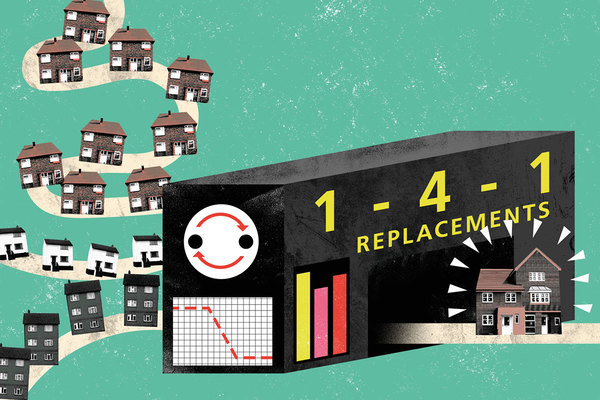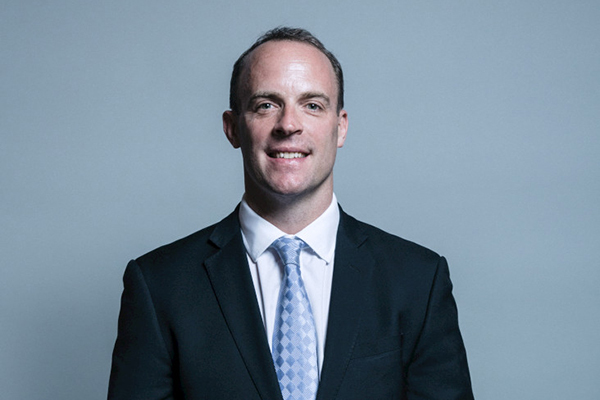You are viewing 1 of your 1 free articles
Fixing the Right to Buy
Eamon McGoldrick argues that the Right to Buy policy needs a major overhaul
Since Right to Buy was introduced in 1980, almost two million council homes have been sold.
Despite numerous governments of all political hues and 26 housing ministers, the policy has run largely unchanged for almost four decades. However, I think it’s time for a review of the policy and the way it is implemented.
Here are four points for starters:
First, the government is clearly committed to continuation of the Right to Buy, despite it being scrapped by the Scottish Parliament and Welsh Assembly.
The overall losses of social rented housing continue unabated and even some Conservatives are calling for the Right to Buy to be reviewed. For example, why do we have inflation-linked discounts of up to £108,000? (These just increased on 6 April from £104,900).
“Right to Buy fraud is on the increase, but that is no surprise when you consider the gains to be made.”
Council houses are already valued below equivalent properties in the private sector, and the discount is just another bonus which is hard to justify.
Council homes could be sold at market value to sitting tenants, and offering a few thousand pounds to help with conveyancing costs might be easier to justify.
Secondly, Right to Buy fraud is on the increase, but that is no surprise when you consider the gains to be made.
If a Right to Buy purchaser is patient and waits five years, there is no discount to repay. That could be a gain of more than £100,000, in addition to any increase in value over the same period.
We also know that more than 40% of homes sold under the Right to Buy are now privately let. If you are a private landlord or company that wants to invest a lump sum, helping an existing tenant to purchase their home is very attractive.
You fund the sale and enter an agreement with the tenant, who can live rent-free. After five years, the tenant moves on with a lump sum and both parties share the gain from the discount.
When properties sold at discount end up in the hands of private landlords, clearly their yields will be higher because of rising rents and their low initial outlay in buying the property.
Many councils now send out an additional form asking the tenant to explain how the purchase is to be funded. We’ve heard that in London, around 30% of all Right to Buy applications are withdrawn when these questions are asked!
All councils need to be aware of potential fraud and the government should be backing their efforts to protect public assets.
Thirdly, Dominic Raab has just announced that the government will consult on possible changes to the use of Right to Buy receipts for councils.
It is now clear that one-for-one replacement of homes sold under the Right to Buy is not working, and this is because of the restrictions the government has placed on the use of receipts.
Lord Porter, chair of the Local Government Association, has always supported Right to Buy as long as homes are replaced.
“Trade bodies will be arguing for councils to retain a larger proportion of the receipts.”
Even ex-housing minister Gavin Barwell has said the government can only justify the continuation of Right to Buy if the pledge on replacements is honoured.
Local government trade bodies such as the Association of Retained Council Housing and the National Federation of ALMOs will be arguing for councils to retain a larger proportion of the receipts, lifting of the 30% cap and allowing receipts to be mixed with grant from Homes England when doing financial modelling for new build schemes
Fourthly, the government needs to find a proper funding base for the housing association Voluntary Right to Buy.
Click here to read our investigation into the RTB homes now let privately
More than two years after David Cameron’s announcement that 1.3 million housing association tenants would be able to buy their own homes, little progress has been made. Expectations have been raised, but there have only been about 600 government-funded sales in six pilot areas.
Another wider pilot in the Midlands will go live this summer with up to 3,000 sales, again funded by the Treasury.
Currently, it is proposed that any national rollout will be funded by the sale of high-value council homes, but this is divisive and takes away another of the freedoms granted to councils when the Housing Revenue Account self-financing deal was struck six years ago.
Of course, councils should consider sales of such assets to invest in existing or new homes. However, there is no justification for using such sales to compensate or subsidise Right to Buy sales in the housing association sector
Eamon McGoldrick, managing director, National Federation of ALMOs










